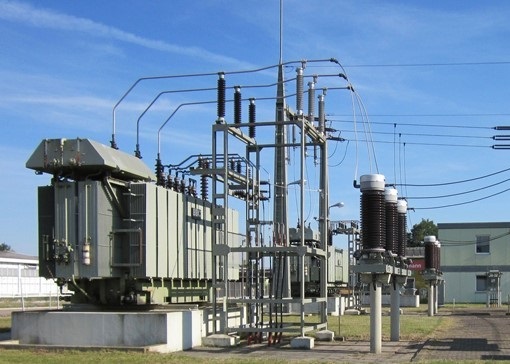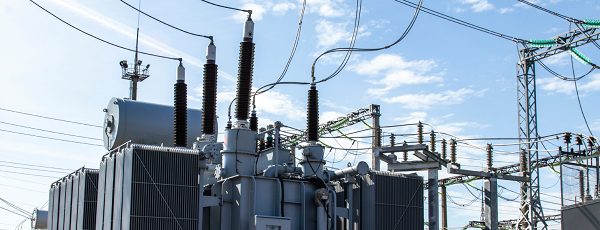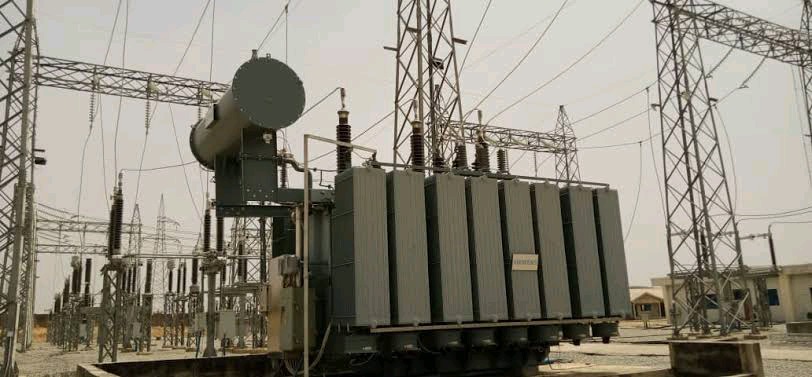ABSTRACT
I have discussed about the Losses in Transformer and how to acquire an optimal transformer with minimal loss from the manufactures and how to design it, and what’s the methodology to follow, all of them I have explained in my Previous post. But, in this post I have calculated, the capitalization value of No-load Losses and Load losses (A & B), with some Illustrative Purpose only, and it will vary by time and location.
CAPITALIZATON OF NO-LOAD LOSS (A):
This loss will depend on, Cost of capacity and Energy required to Generate and Transmit NL Losses. The formula is,
 ——enq.1
——enq.1
CAPITALIZATON OF LOAD LOSS (B):
This loss will depend on, Annual Loss Factor, Peak Responsible Factor, Equivalent Annual Peak Load, and Fixed charge rate of the Transformer. The formula is,
 ——enq.2
——enq.2
Where,
Csc– System Capacity Cost (₹ / kW per year)
CE– Energy Cost (₹/kW-hour)
RFC– Fixed Charge Rate
RF- Responsibility Factor
lf -Loss Factor
PL- Uniform Peak Loading
ET- Efficiency of Transmission
IF-Increasing Factor
8760- Number of Hours Per year
Calculations for Capitalization of No-Load Losses (A):
1. System Capacity Cost (Csc):
The cost which includes, Generation cost, Transmission Cost & Distribution Cost.
Csc = GC+TC+DC (₹ / kW per year)
So, I take Csc = 20,000₹ / kW per year (Assumed)
2. Fixed Charge Rate (RFC):
The Fixed charge rate, as per Std. I take the value is, RFC = 15%

3. Energy Cost (CE):
The Energy charges for other states, which I get from the Website.

The energy consumption charge for (“Tamil Nadu”),
CE= 3.5 (₹/kW-hour).
4. Efficiency of Transmission (ET):
The overall loss of the system in the year 2013, is 10%. Based on “IEEE Loss Of Evaluation Guide for Distribution & Power Transformer”, the efficiency of the Transmission line is ,
ET = (100% – Overall loss%)
= (100% – 10% )
ET = 90%
5. Increasing Factor (IF):
The Increasing Factor is taken as “1” , for the Calculation, as per std. i have taken it.
Therefore, the Capitalization Value of “No-Load Losses” is determined by using the Equation -1, and the above date can be included to summarize the result.
A = 20,000 + (3.5*8760) x 1
0.9*0.15*1 1000
= 48908
135
A = 362.3 / W
Calculations for Capitalization of Load Losses (B):
In this Load loss, we have to find the responsibility factor, loss factor, to determine by Equation-2.
I have Assumed Load factor = 0.8 , based on (Average Load / Peak load )
We have to calculate the loss factor (lf), by using this formula ,
Lf = ( a x LF ) + ( b x LF2 )
(As per “Central Electricity Board”, which I taken a=0.2, b=0.8)
Lf = (0.2 x LF) + ( 0.8 x LF2 )
= (0.2*0.8) +(0.8*(0.8*0.8))
Lf = 0.672

As per IEE std., I have taken the loss factor is (lf) =0.7, for Distribution Transformer.
1. Peak Loading Factor (PL):
We know that , the calculated values for Load factor & Loss factor is,
LF=0.8 & lf=0.7, so , we have to find the Peak loading factor ,
Where,
(LF)^2= lf + (PL)2
(LF/lf) 0.5 = PL
PL= (0.8/0.7) 0.5
Peak Loading = 1.1
2. Responsibility Factor (RF)

Based, on “IEEE Loss of Evaluation Guide for Distribution & Power Transformer”, I choose for (Urban Area), RF =0.9
Therefore, the Capitalization Value of “Load Losses” is determined by using the Equation -2, and the above date can be included to summarize the result.
B = 20,000 X (0.9*0.9) + [ 3.5 * 8760 * 0.7] X (1.1) 2
0.9 X 0.15 X 1 X 1000
= 37662 X (1.1*1.1)
135
B =337.6 / W
I compared the Capitalization results with TOC for Calculating the Price of Distribution Transformers
Purchaser |
No-load Loss (kW) |
Load Loss (kW) |
Bid Value (₹) |
TOC = Bid value+ (NLL)*A+(LL)*B |
T1 |
5 |
505 |
5,00,000 |
= 5,00,000+(5)*362.3+(505)*337.6
= 6,72,300 ₹ |
T2 |
15 |
495 |
7,00,000 |
= 7,00,000+(15)*362.3+(495)*337.6
= 8,72,547 ₹ |
CONCLUSIONS:
Based on the calculations described above, transformer manufacturers use the TOC idea to select the most efficient transformer design. The capitalization values of No-load loss and Load loss, as well as the transformer cost price, are calculated using the TOC approach.
Customers who wish to buy transformers from suppliers need to know about the capital cost of transformer losses, and they must use the TOC (TOTAL OWN COST) technique, which considers the transformer’s lifetime cost of losses. They should also think about the type of load profile that the Transformer can handle. Otherwise, they’ll be lost.




No comment